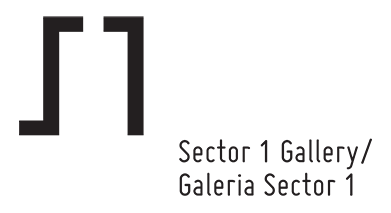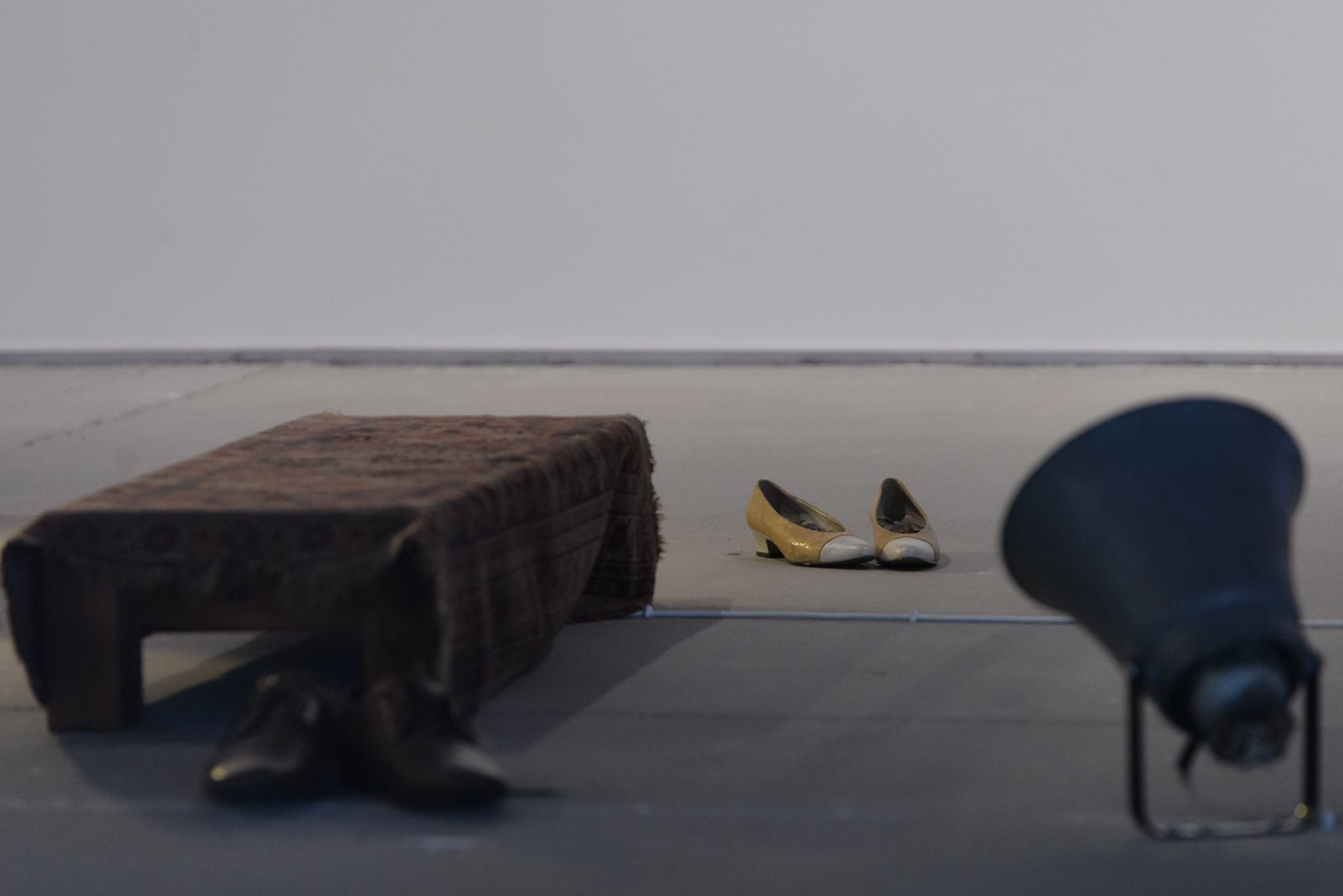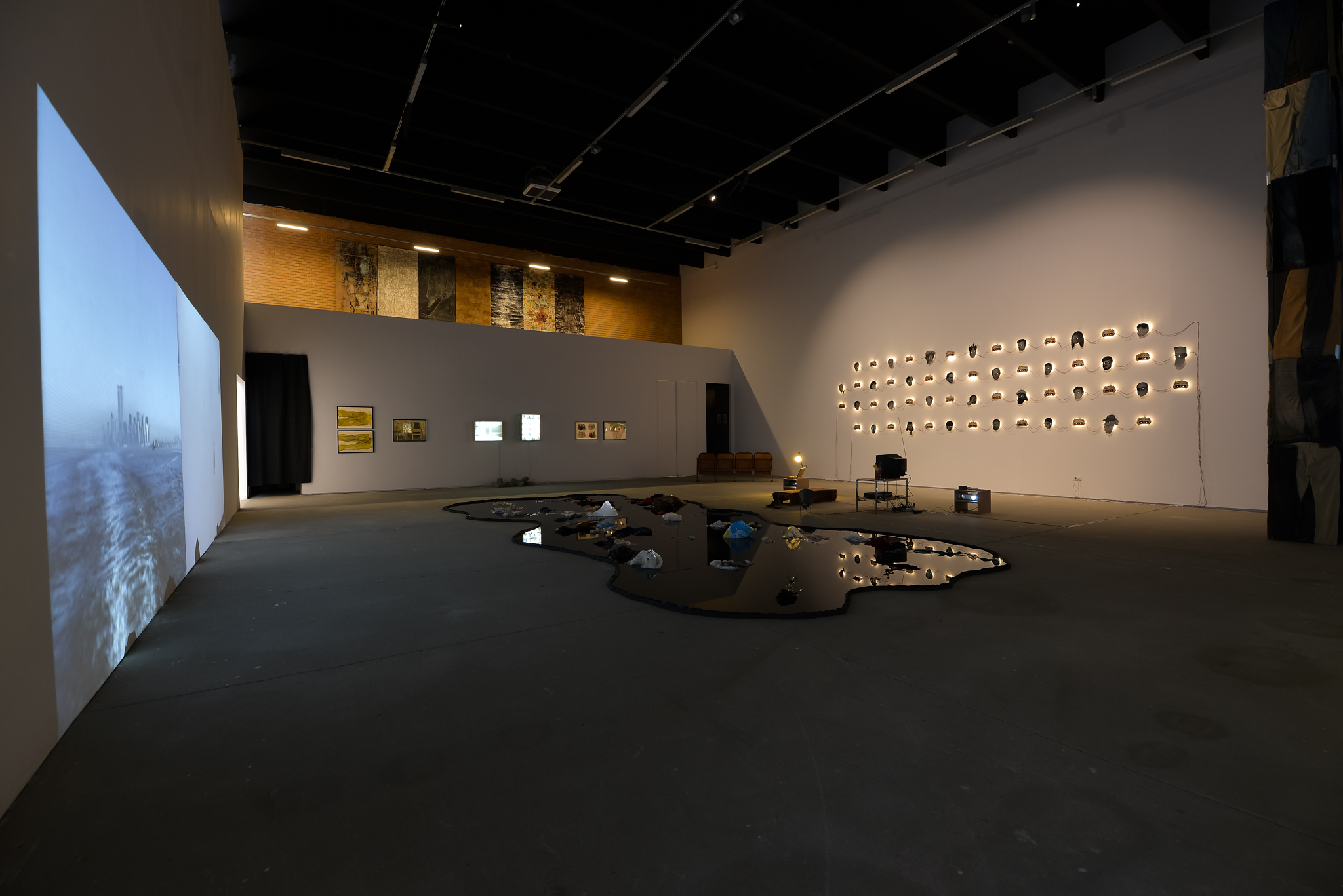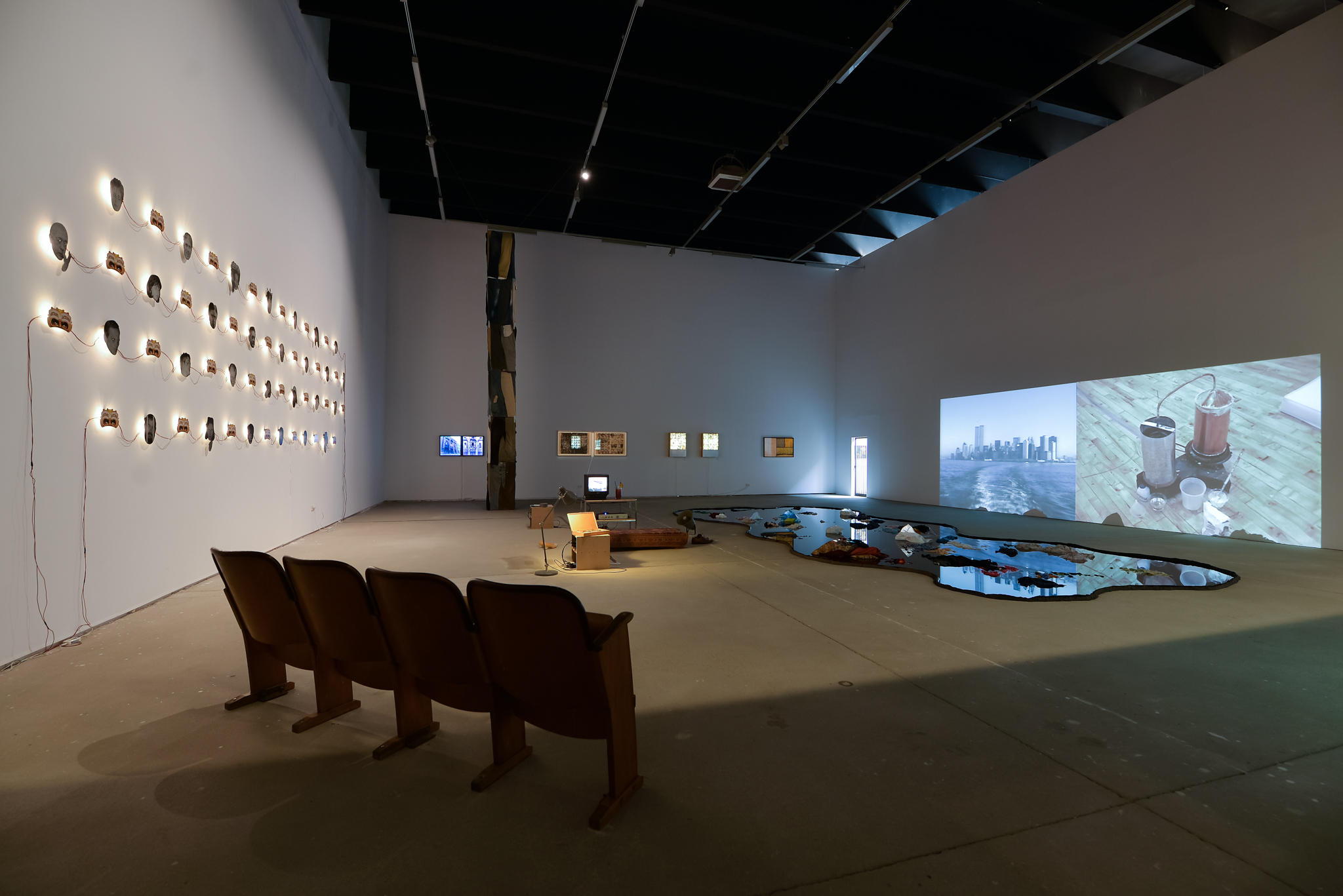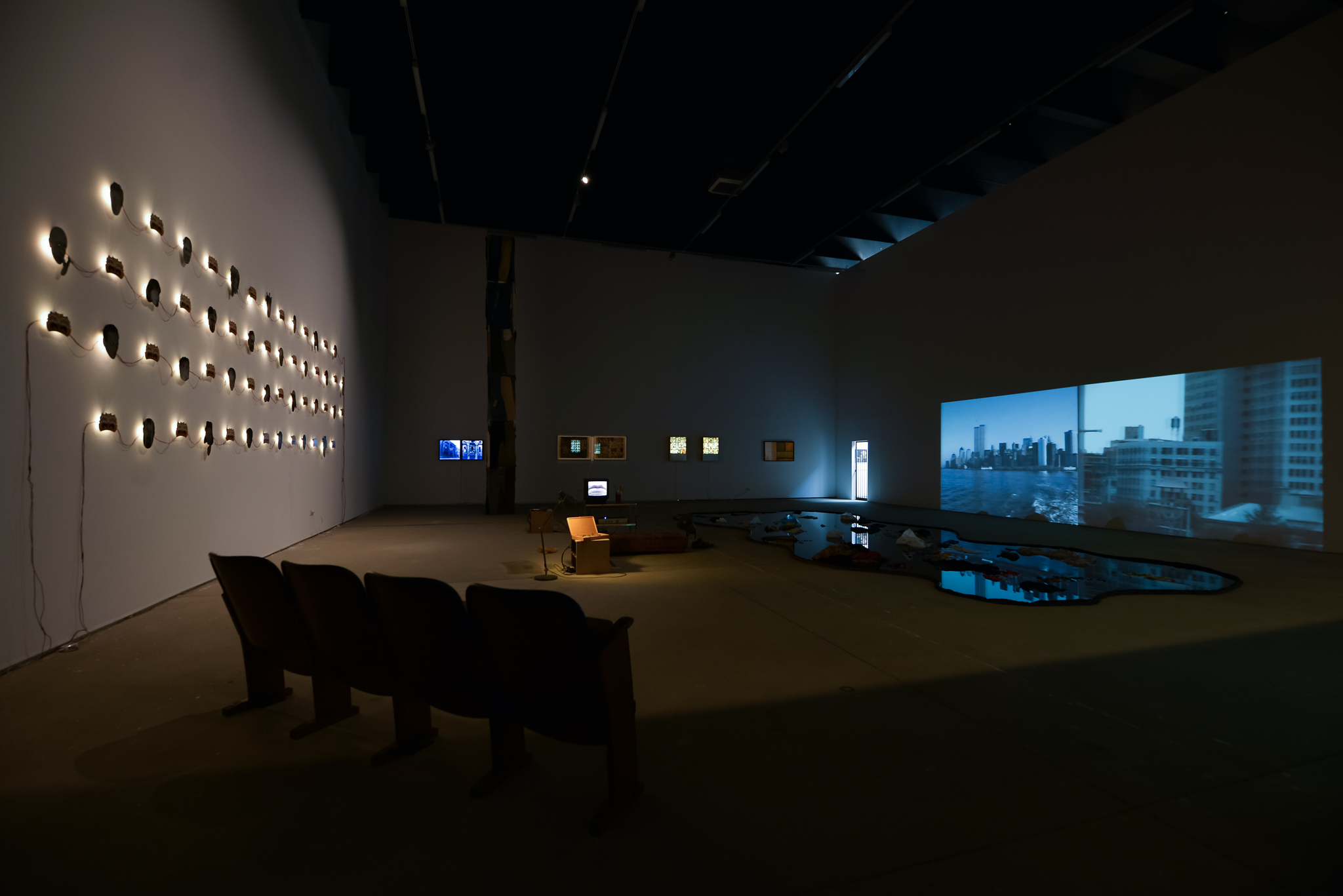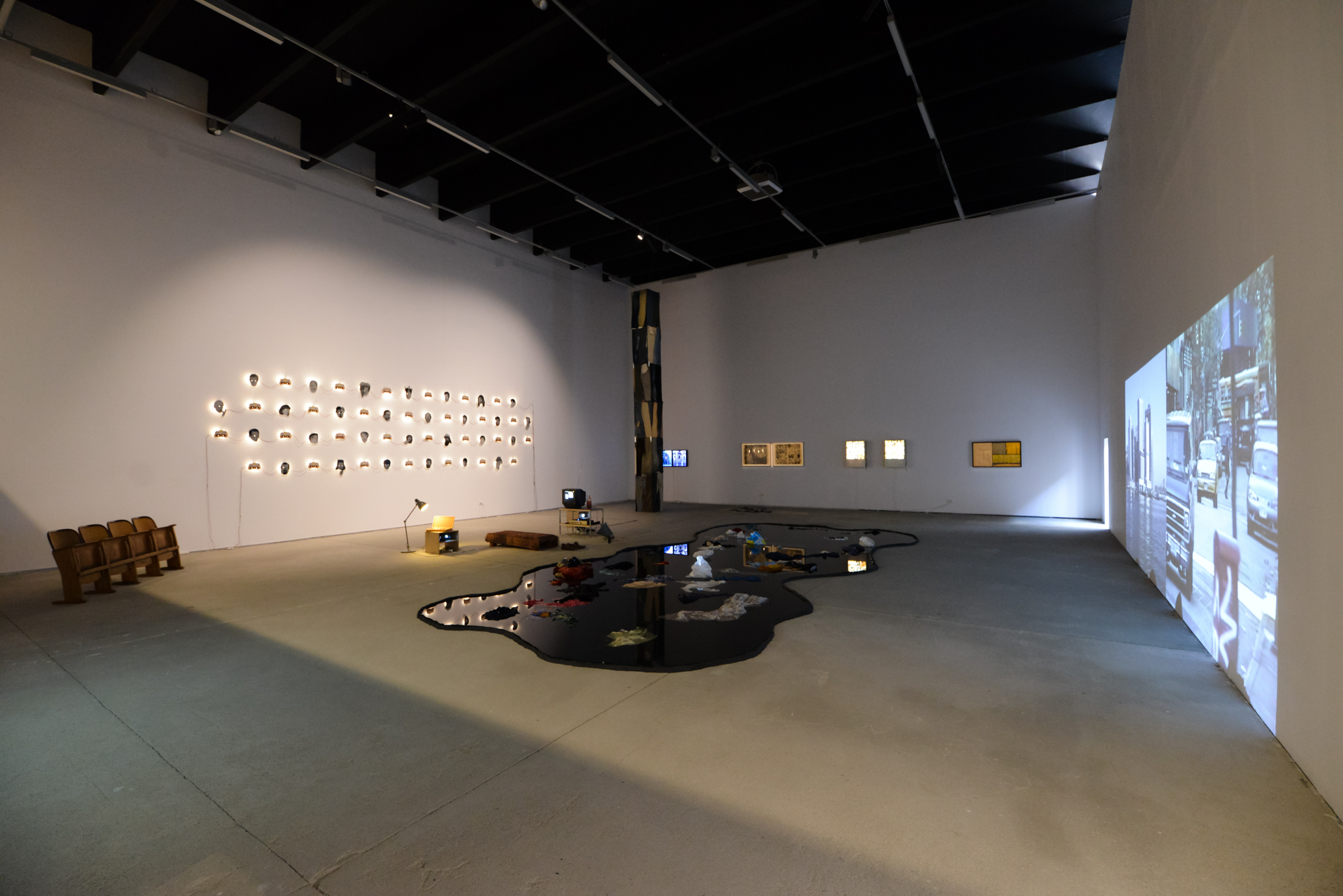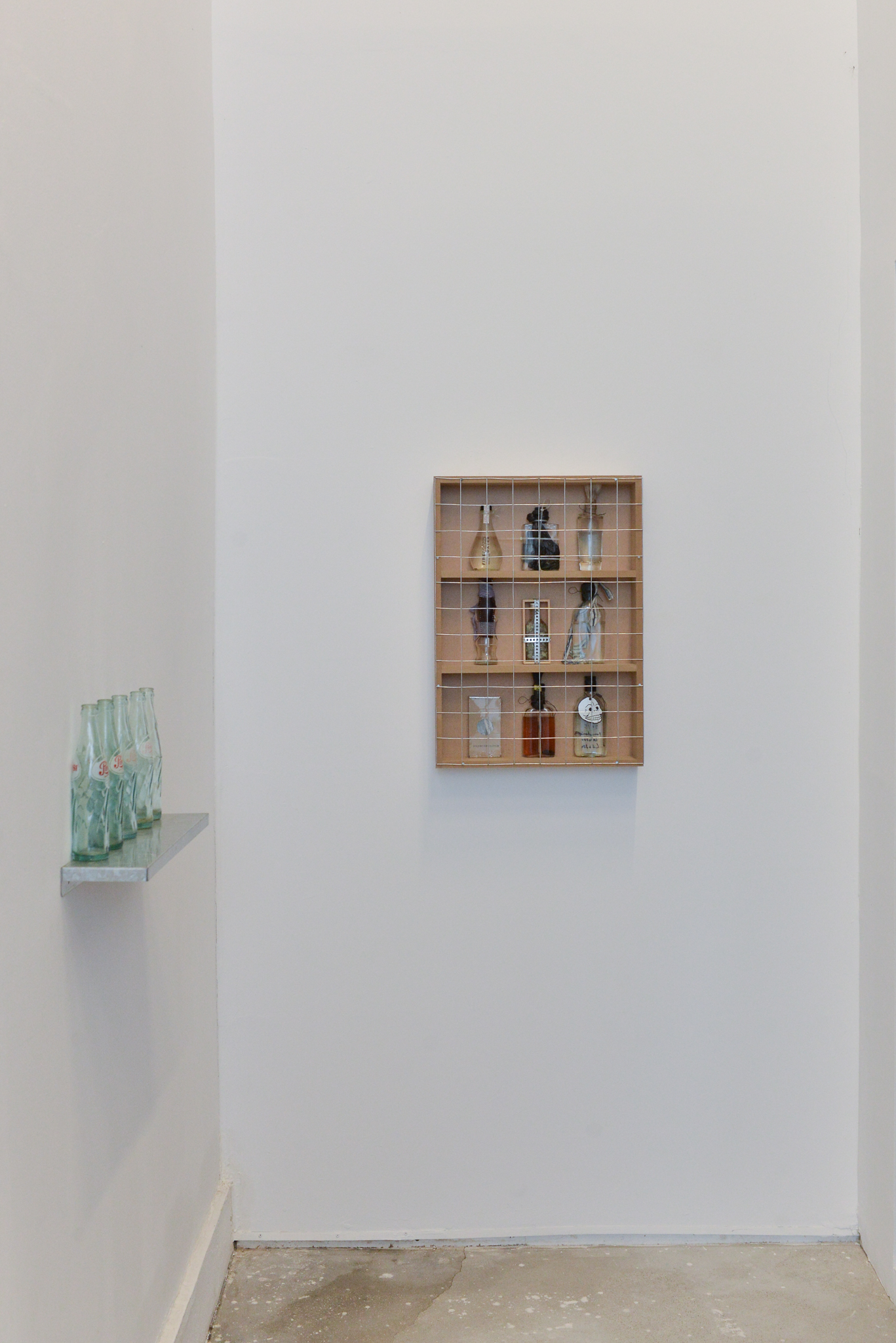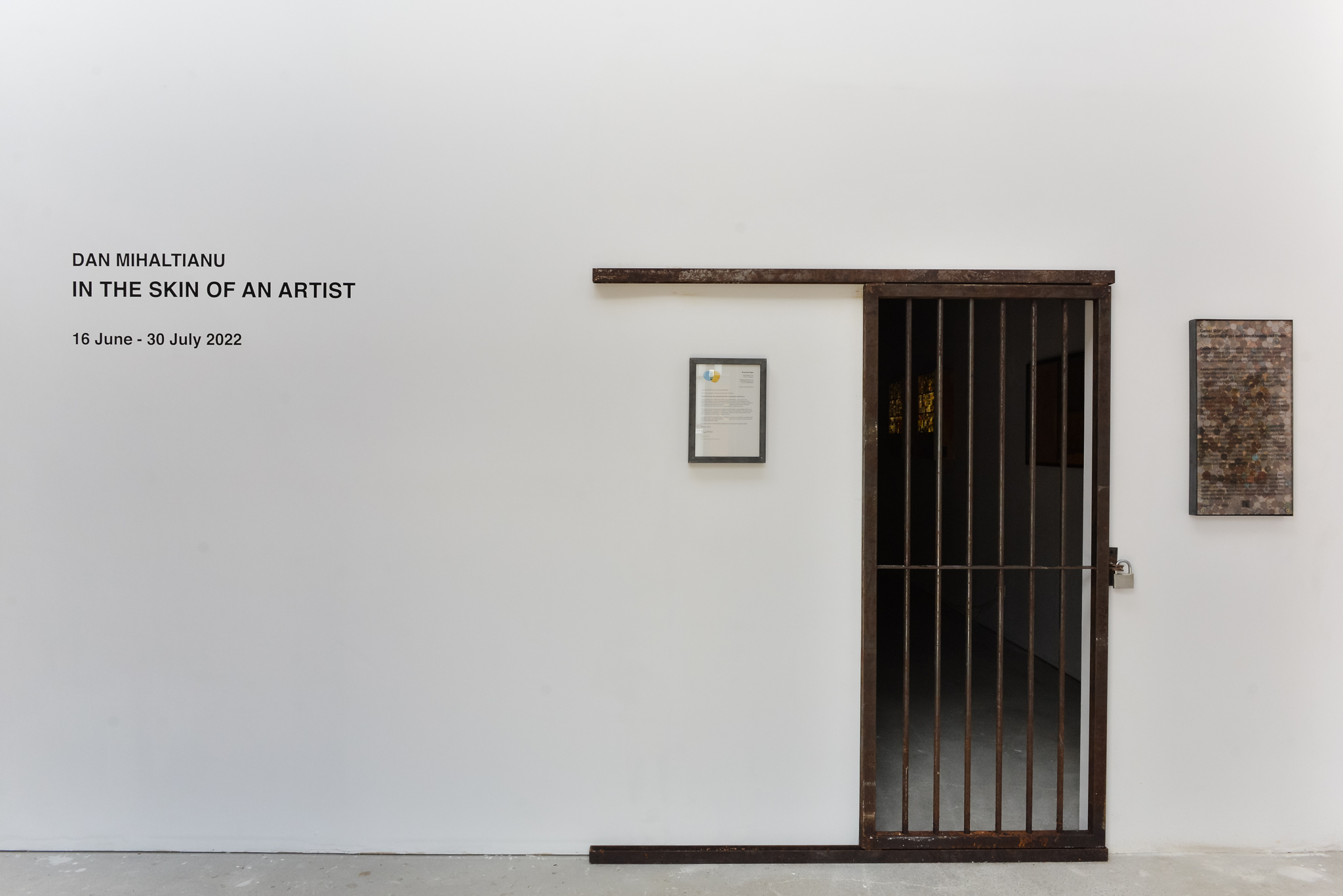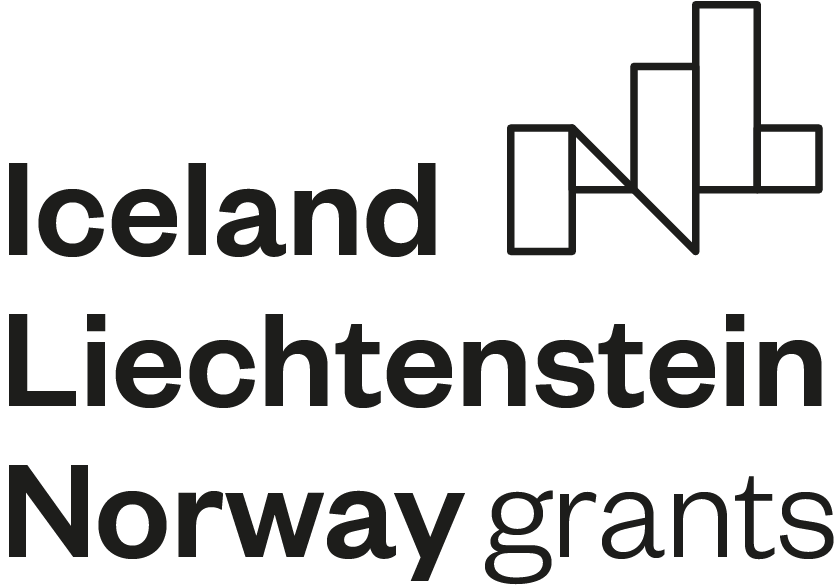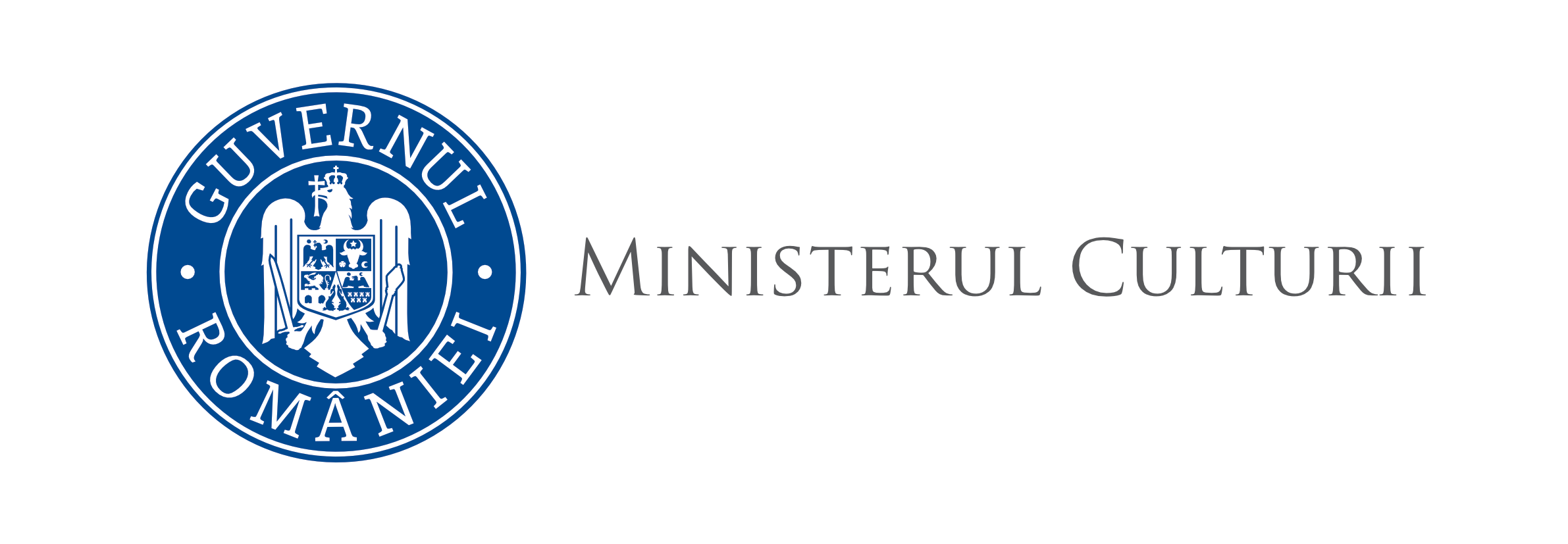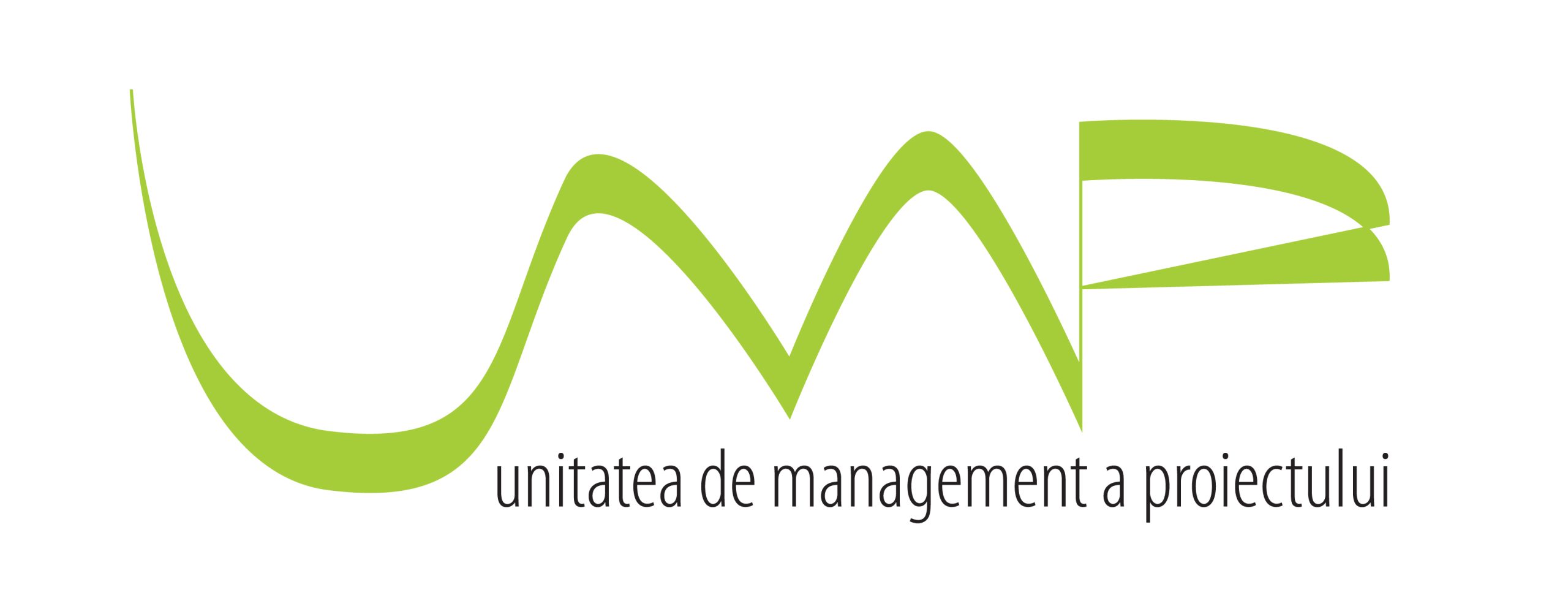In the Skin of Artist
Dan Mihălțianu
June 16 – July 30, 2022
In the Skin of an Artist is an artistic project in progress that refers to the precariousness and privileges of the artist’s life, from difficulties and constraints, to accomplishments and successes, in an unpredictable world, marked by political changes, social conflicts and pandemics, restrictions to express oneself, exhibit, work or travel. These are approached from a personal perspective, but at the same time through an overview of the formation path and artistic development in general. The research has two complementary components – exhibition and publication.
The exhibition is a synthesis of the artistic achievements and experiences from various stages of creation in the last 40 years, from life in socialism, to the transition period, characterized by a prolonged confusion, to the confrontation with social realities and the condition of the artist in an international context.
Organizer
Sector 1 Gallery
Venue
Baiculești 29, Sector 1
Bucharest, 013193
(inside Combinatul Fondului Plastic)
Installation Views
The selection includes works from different artistic periods – from studies, to training, affirmation until the current moment, as well as documents, materials, tools and devices that are part of the “artistic economy.” These are related to the dynamic relation between the “human body”, representing the direct contact with clothing, materials, tools and the “social body”, representing the direct interaction with social, political, economic, cultural and institutional realities. The exhibition presents the installations Titanic waltz, 1986 – ongoing, Last Days of Michael Jackson in Bucharest, 1992 – 2018, Pocket Revolution, 1994 – ongoing, Plaques tournantes, 2000 – ongoing, Totem, 2000 – ongoing, alongside a wide selection of drawings, paintings, engravings, photographs, objects, sound, film and videos.
The publication, to appear in 2023, will include texts, images, documents, studies, social, political and cultural analyses related to the impact that art has on today’s society.
Titanic Waltz 1996-ongoing, is part of the Canal Grande series, a project started in 1984 as a sequential photographic experiment in the artist’s studio, in which a series of installations and actions that used objects, water and moving lights were captured by the camera. Later, the installation was exhibited in various local and international exhibitions. Canal Grande is a project about pleasure and suffering as part of human existence. The title refers simultaneously to the Grand Canal in Venice as a symbol of pleasure and leisure, and to the Danube-Black Sea Canal as a symbol of pain and suffering. The Danube-Black Sea Canal, also known as the “Death Canal”, began as a forced labor camp in 1948, and was completed in 1984-1986 during “The Ceausescu Era” as the “Apotheosis of Socialism” in Romania),. Its title was meant to avoid censorship at the time, but it was immediately “decoded.” The Mirror Space exhibition at the Institute of Architecture in Bucharest, 1996, was closed after three days, and the catalog was banned, Canal Grande being one of the “problematic” works.
Canal Grande: The Capital Pool and the Associated Public, the participatory installation presented at the 2019 Venice Art Biennale, is a pool of black vinyl foil and synthetic resins that delimits an irregularly shaped water mirror, functioning as a wishing fountain.fountain of desires. The public was invited to throw money into it, and later to propose the destination of the capital accumulated during the six months’ duration of the biennial. The Autonomous Fund was finally allocated to an alternative association, We Are Here Venice, which militates, among other things, against the effects of climate change, mass tourism and the destruction of the cultural heritage of Venice.
The first version of Titanic Waltzwas installed during the Symposium of Installations and Performance, Sibiu 1996. The work refers, on the one hand, to the sinking of the Titanic ship, as a tragedy that marked the beginning of the 20th century, and on the other hand, to the economic and socio-political situation of the 90s and the dissolution of the “Multilaterally Developed Socialist Society” in Romania. The current version of the work includes, in addition to the water mirror, worn clothes and residues similar to those on the world’s seas and oceans. In addition to the initial meanings, new possible interpretations are added, referring to mass migration, the tragedies in the Mediterranean, the English Channel or other seas of the world, to humanitarian crises caused by social and military conflicts or precarious economic conditions, as well as ecological disasters.
Last Days of Michael Jackson in Bucharest, 1992-2018, is an analysis of Romanian society and the impact of Michael Jackson’s concerts in Bucharest, in 1992 and 1996, the appearance of the phenomenon “Jacksonmania” on the cultural and political scene and among the popular masses in Romania,combining the fascination for pop culture and the mirage of consumer society, shortly after the collapse of communism.
The installation juxtaposes Michael Jackson masks that were distributed at the “Dangerous Tour” concerts, with figures taken from the newspapers of the time, representing portraits on a wide spectrum of the era, from the political elite – to the intellectual, from the working class people – to athletes, and from church faces – to street children, homeless people and other social categories, which for one reason or another were published at the time.
La révolution dans le boudoir, 1999, is a reflection on social movements on individual and collective consciousness, using the Romanian revolution of 1989 as a model for other similar subsequent events. The title alludes to Sade and his written dialogue “La philosophie dans le boudoir” as a moment of unrestricted freedom in modern behavior and thinking. The work pairs audio recordings made by the artist during the events of December 89 in Bucharest, with images of the routines of everyday life; close-ups of a character doing his morning grooming (shaving, combing, dressing, etc.) in an attempt to understand what was incomprehensible in the logic of the ongoing events. 1999, ten years later, things seem to have returned to normal, the city, the people, the society, but the clue to what happened in those days is still missing. What is left is the reminiscent scene of the theater of the absurd. The audio track condenses in 22 minutes the time between the flight and the execution of the Ceausescu spouses. 22 minutes is also the real time it takes for someone to prepare for a new day – Revolution Day.
Firewater, 1996, is a two-channel video projection documenting everyday life in New York during an artist residency and preparing for an exhibition in a gallery in Manhattan. The exhibited works are bottles of alcohol distilled by the artist during the exhibition. The distillation process is based on a fermentation of fruits and plants picked by the artist in Central Park, using empty bottles collected on the streets of NY City as containers. The labels on the bottles include images from Cold War propaganda and recent images of the city and American culture.
Firewater also refers to the fact that Manhattan, as well as the entire territory of the United States, originally belonged to the indigenous population. Alcohol, named the “Water of Fire,” played a significant part in their conquest and subjugation. The effects of alcohol consumption have led to the downfall of Native American communities and are still visible.
Dan Mihaltianu was born in 1954 in Bucharest, Romania. He currently works in Bucharest, Berlin and Bergen. He co-founded the subREAL group in 1990. He was a professor at the National Academy of Arts in Bergen, 2001-2007, at the Université du Québec à Montréal, 2008-2009 and at the National Academy of Arts in Oslo, 2018-2019. He has participated in a number of artistic residencies, including the Glasgow Sculpture Center, 1990; Künstlerhaus Bethanien, 1993-1994; Bahnwärterhaus, Esslingen, 1995; Schloss Plüschow, 1996; Arts Link, New York, 1996; KulturKontakt, Vienna, 1997; Barkenhoff, Worpswede, 1998-1999; Künstlerhaus Eckernförde, 2001; Glenfiddich, Dufftown, 2002; URRA, Buenos Aires, 2013. He has exhibited in numerous international contexts and events, such as the “Joan Miró” International Drawing Competition Barcelona, 1980, 1985; Impact Art Festival, Kyoto, 1986, 1997, 1988; European Print Triennial, Degree, 1987; Istanbul Biennale, 1992; Open, 48th Biennale Arte, Venice, 1993; Künstlerhaus Bethanien, Berlin, 1994; Art in General, New York, 1996; Video Cult/ures, ZKM / Museum of Contemporary Art, Karlsruhe, 1999; CTRL [SPACE], ZKM / Museum of Contemporary Art, Karlsruhe, 2001; Tracing Space, Bergen Kunsthall, 2005; National Museum of Contemporary Art, Bucharest, 2005; New Video, New Europe, Renaissance Society, Chicago / Contemporary Art Museum, St. Louis / Tate Modern, London / Stedelijk Museum, Amsterdam / The Kitchen, New York, 2004 – 2006; Social Cooking Romania, NGBK, Berlin, 2007; 3. Prague Biennale, 2007; Kunsthall 3.14, Bergen, 2018; Haus der Kulturen der Welt, Berlin, 2010; subREAL Retrospect, National Museum of Contemporary Art, Bucharest / SALT Istanbul, 2012-2013; Tallinn Print Triennial, 2014; 1 Vienna Biennale, 2015; A Matter of Contemplation and Discontent, Vargas Museum, Manila, 2016; Michael Jackson on the Wall, National Portrait Gallery, London / Grand Palais, Paris / Bundeskunsthalle, Bonn / Espoo Museum of Modern Art, 2018-2020; Unfinished conversations on the weight of absence, Romanian Pavilion, 58. Biennale Arte, Venice, 2019.
